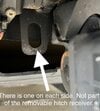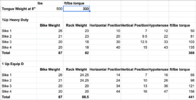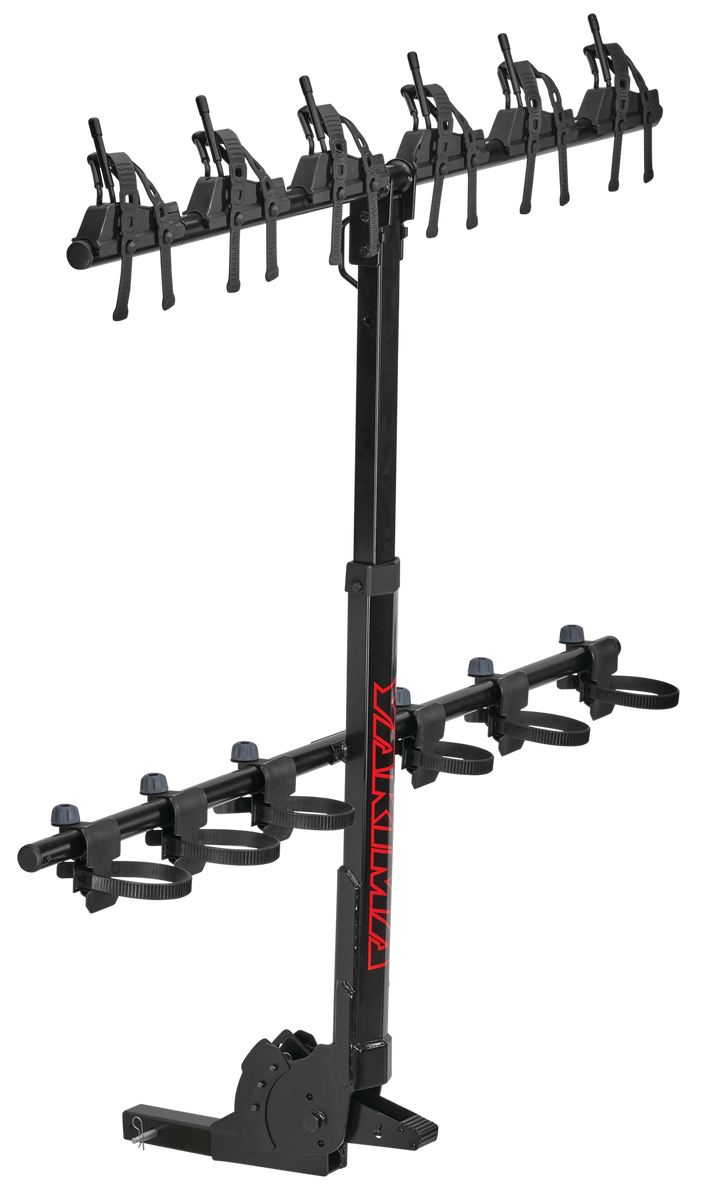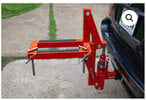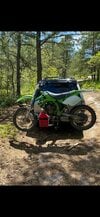I have read all of the threads discussing the 120 lbs limit for bike carriers and consensus seems to be that it is not a good idea to exceed the manufacturers warning. However, I have not seen any concrete/compelling answers as to why the limit for bikes is so much lower than the tongue weight. The removable Bosal hitch receiver seems to be the weak link as I see no other major difference between the after market Eco Hitch that everyone is installing. It would be helpful to know what the actual problem is before looking for a solution.
That said, I've already gone ahead and ordered a 1up Equip-D rack as I need to make this work one way or another. I was curious to hear your thoughts on adding additional support via straps attached to the car. I've identified a couple of attachment points candidates.
1) You can use something like these Quick Loops for adding lash points to the tailgate or simply attach a strap to the back seat base. My concern with running straps through the tailgate is that it would put stress on the latch.
2) There are two eyelets (see attached image) next to the Bosal Hitch Receiver and part of the hitch frame. Attaching to the hitch frame itself seems like a clean solution but I am not sure if it would solve the problem as I don't actually know where the weak link is.
Any thoughts on the above solutions or has anyone ever contacted Tesla/Bosal to get a concrete answer?
That said, I've already gone ahead and ordered a 1up Equip-D rack as I need to make this work one way or another. I was curious to hear your thoughts on adding additional support via straps attached to the car. I've identified a couple of attachment points candidates.
1) You can use something like these Quick Loops for adding lash points to the tailgate or simply attach a strap to the back seat base. My concern with running straps through the tailgate is that it would put stress on the latch.
2) There are two eyelets (see attached image) next to the Bosal Hitch Receiver and part of the hitch frame. Attaching to the hitch frame itself seems like a clean solution but I am not sure if it would solve the problem as I don't actually know where the weak link is.
Any thoughts on the above solutions or has anyone ever contacted Tesla/Bosal to get a concrete answer?



